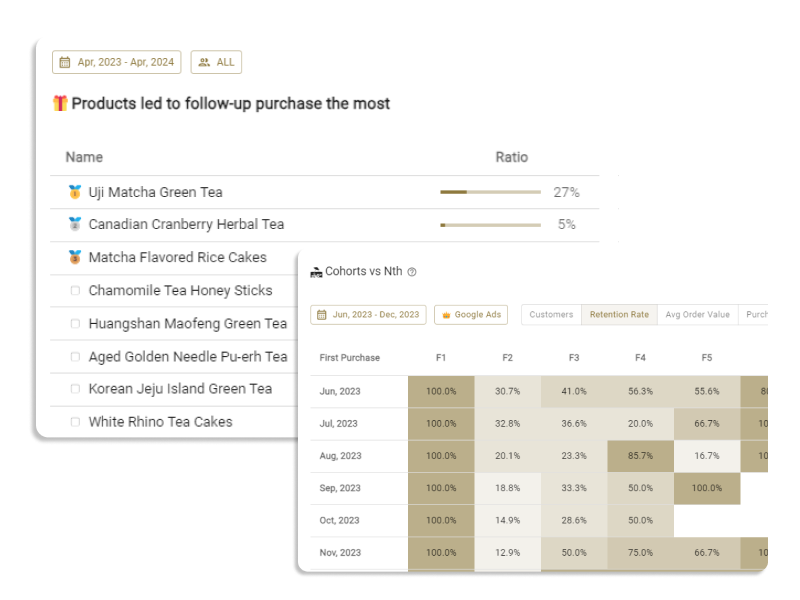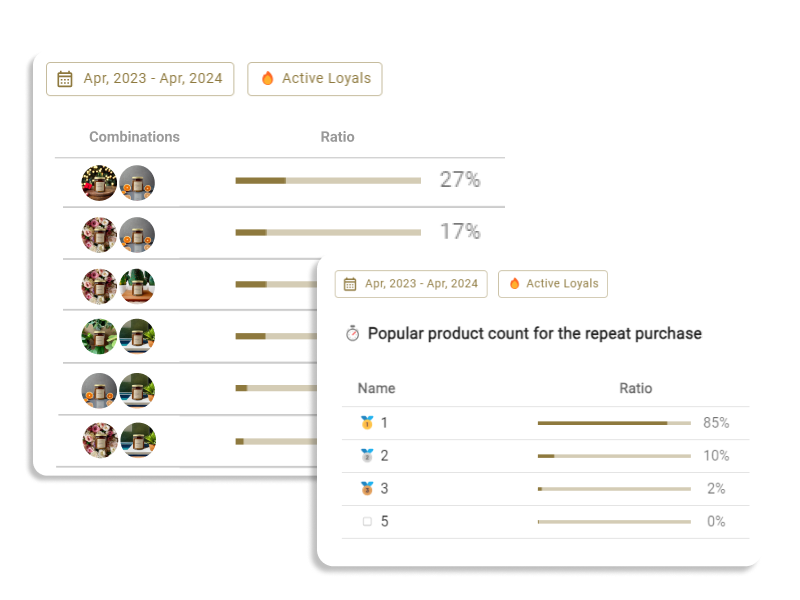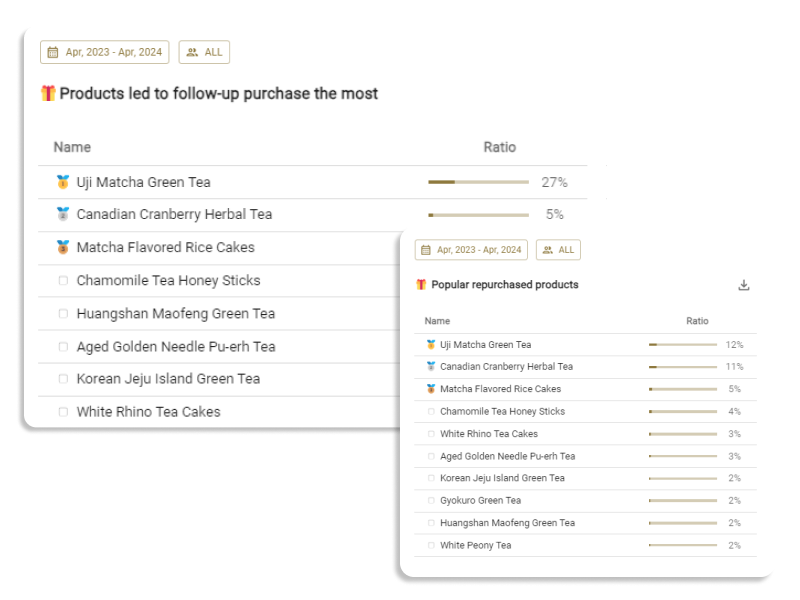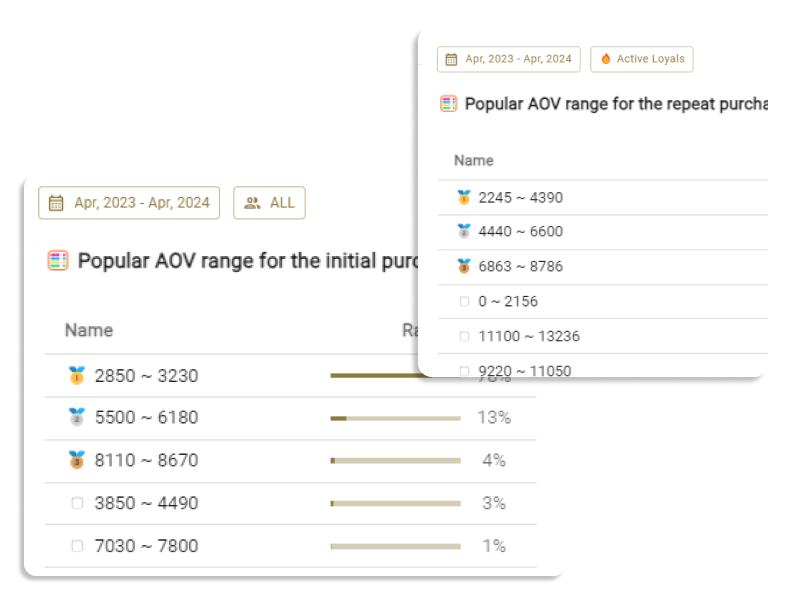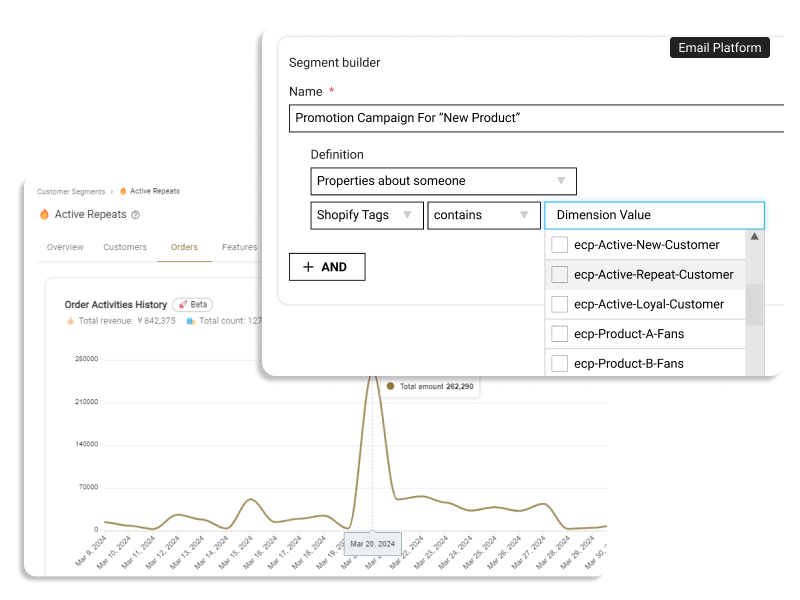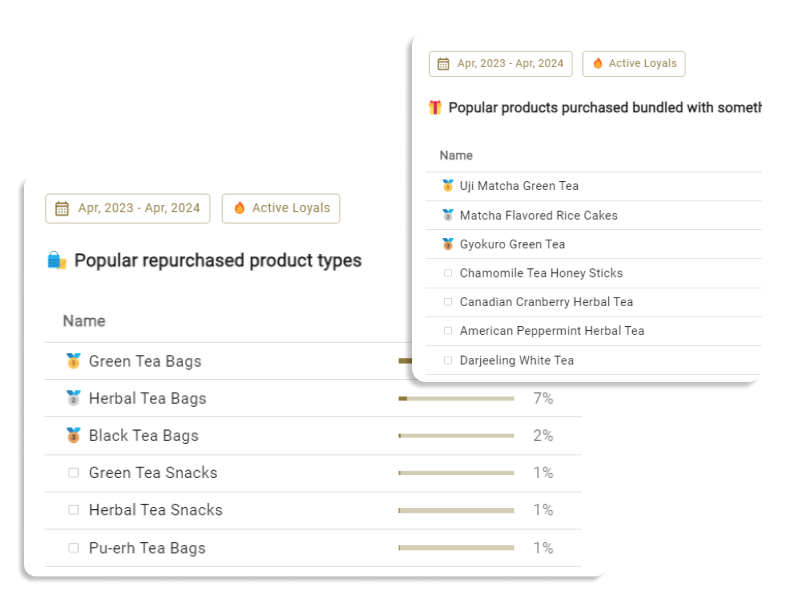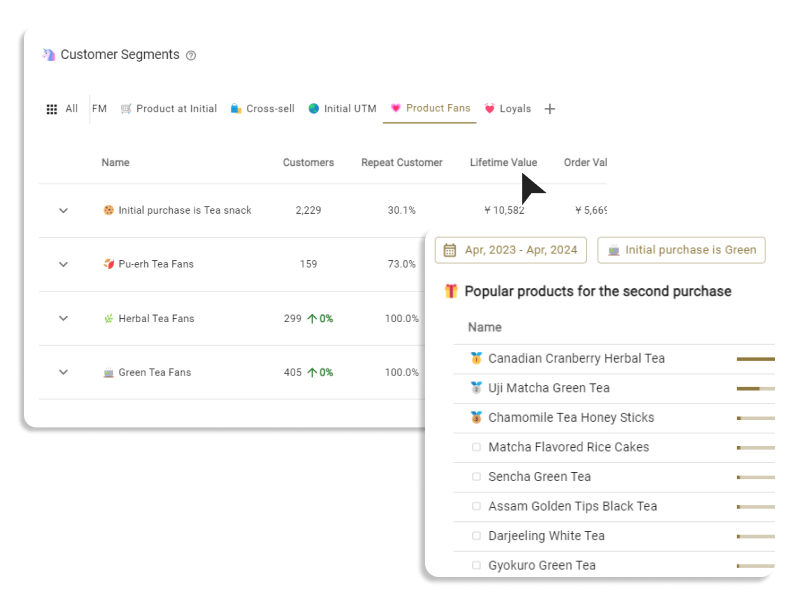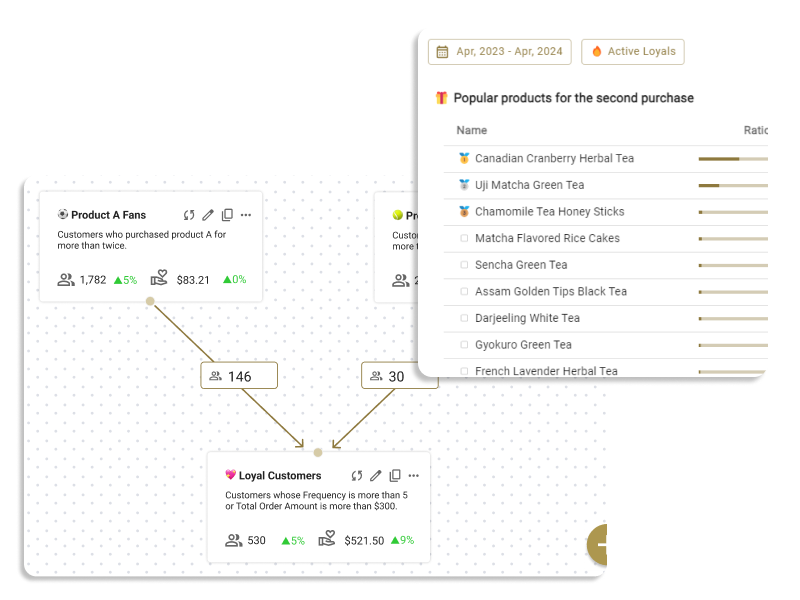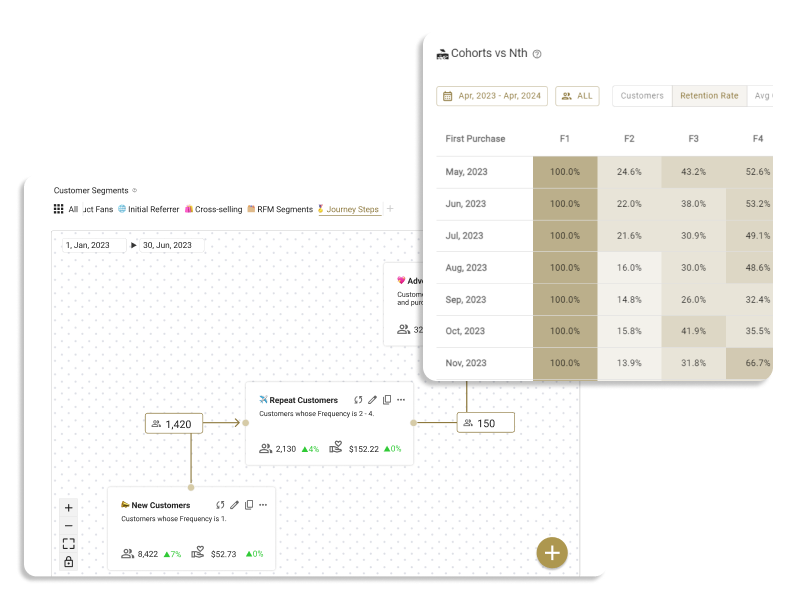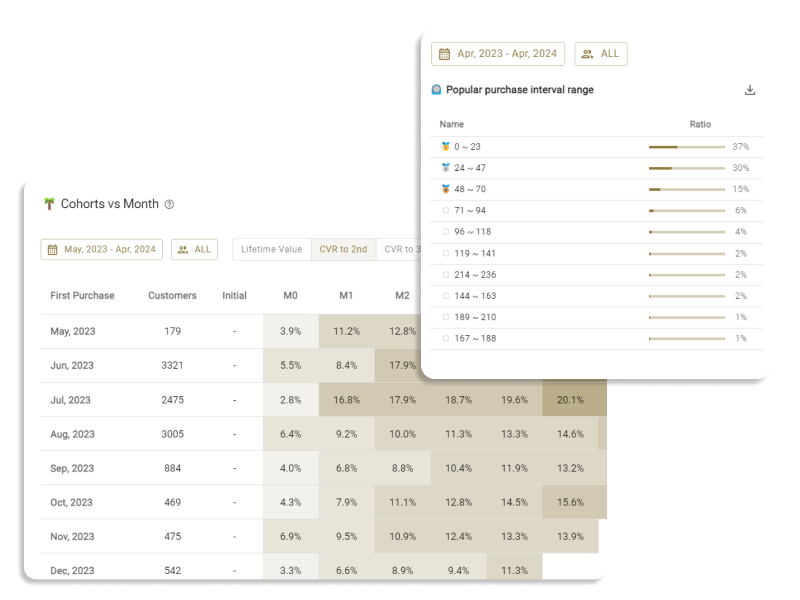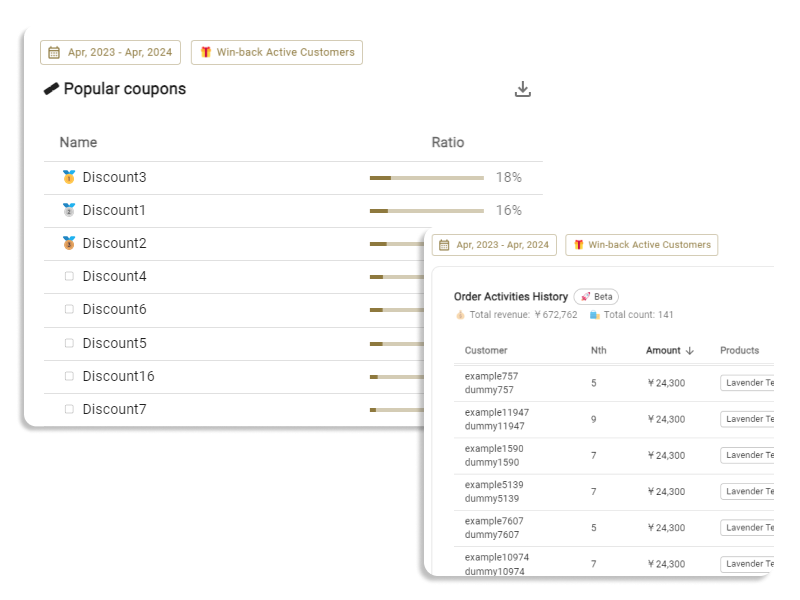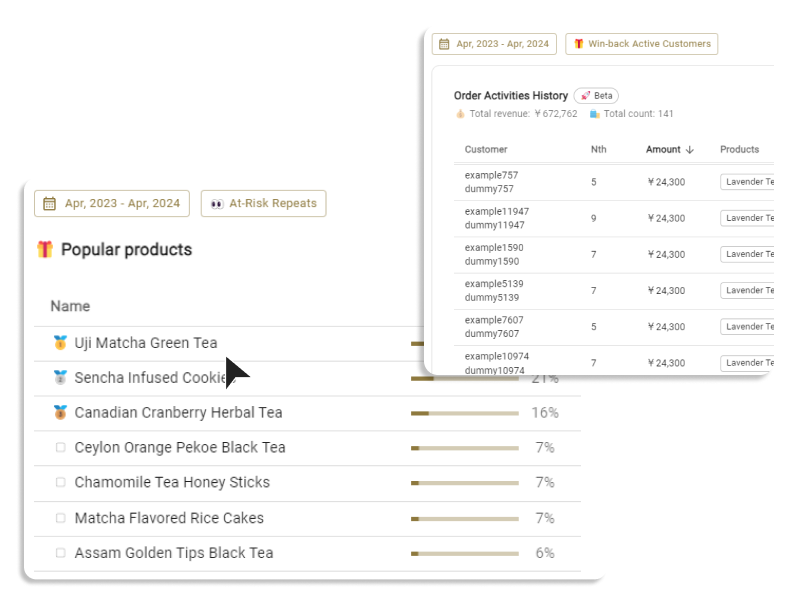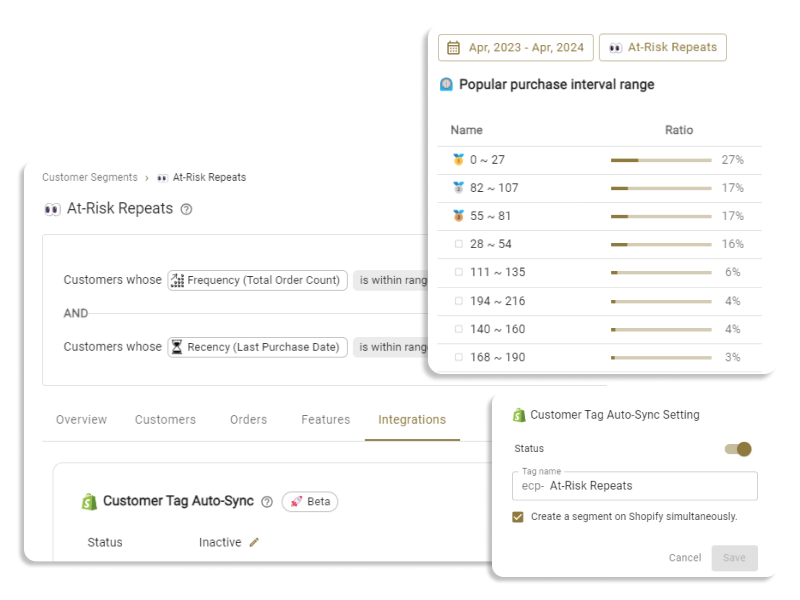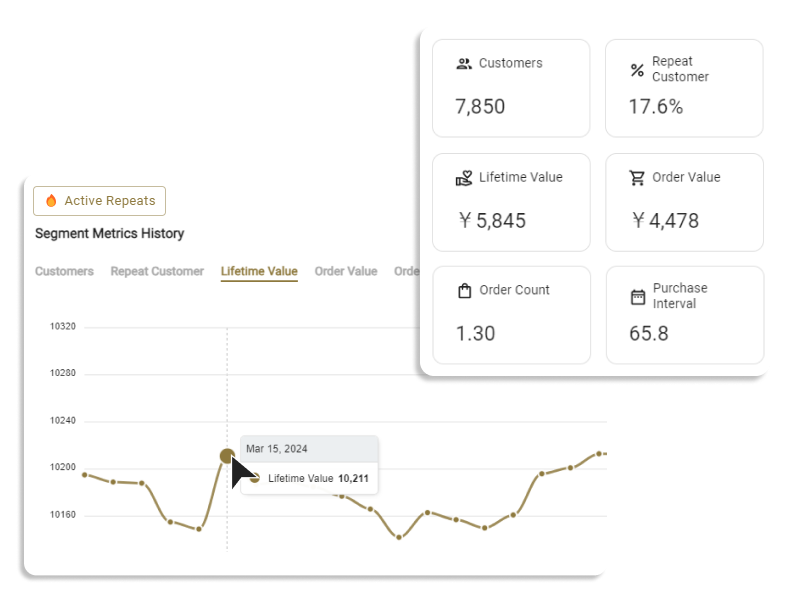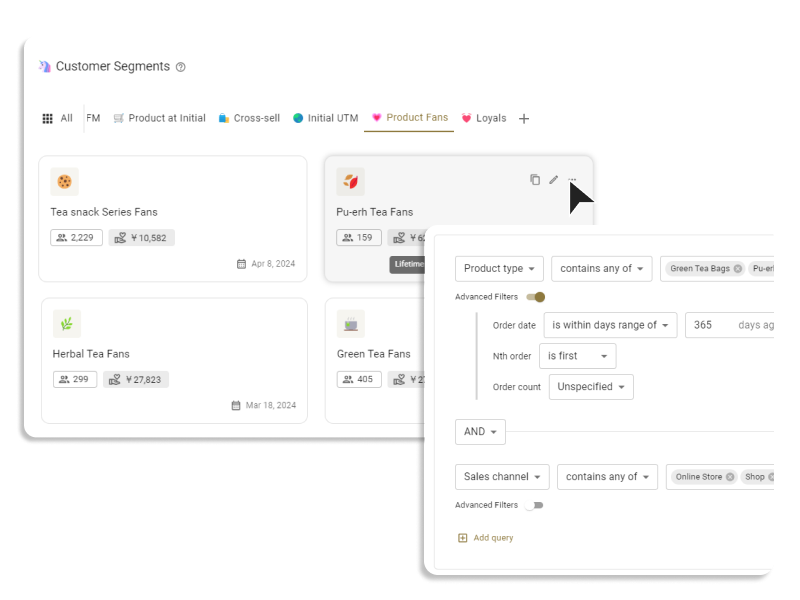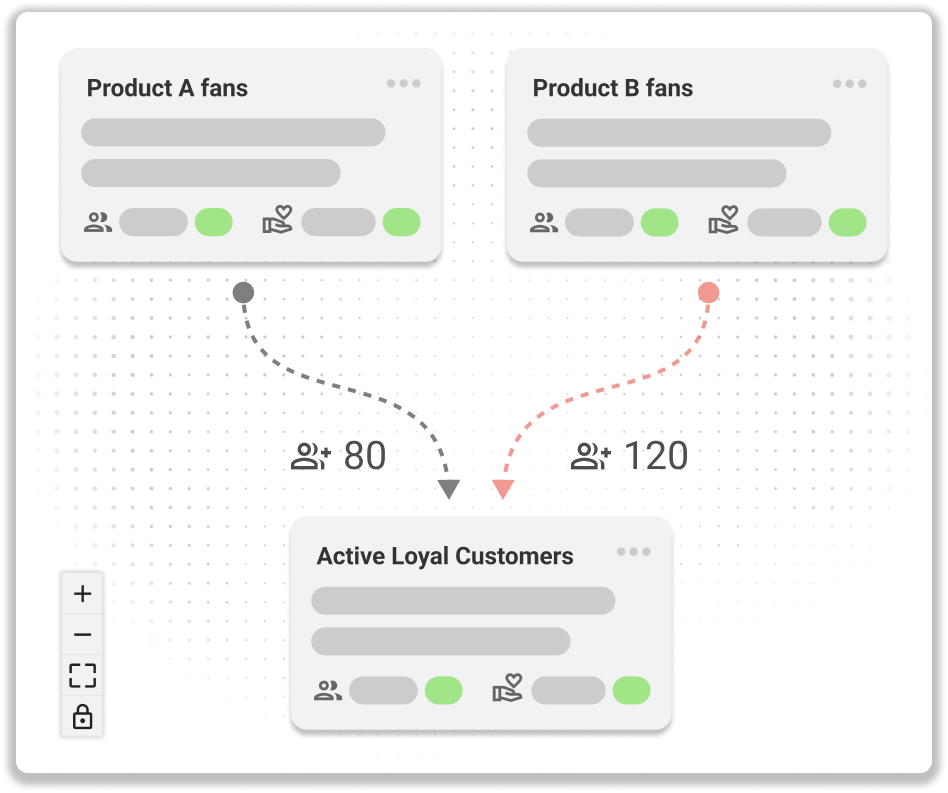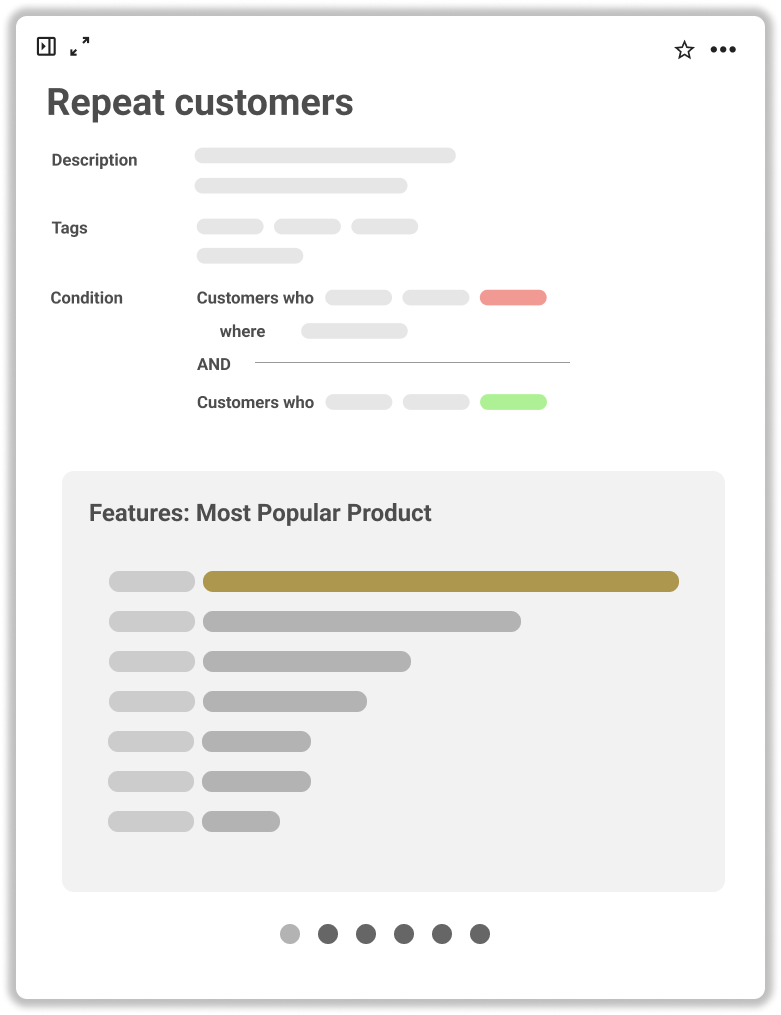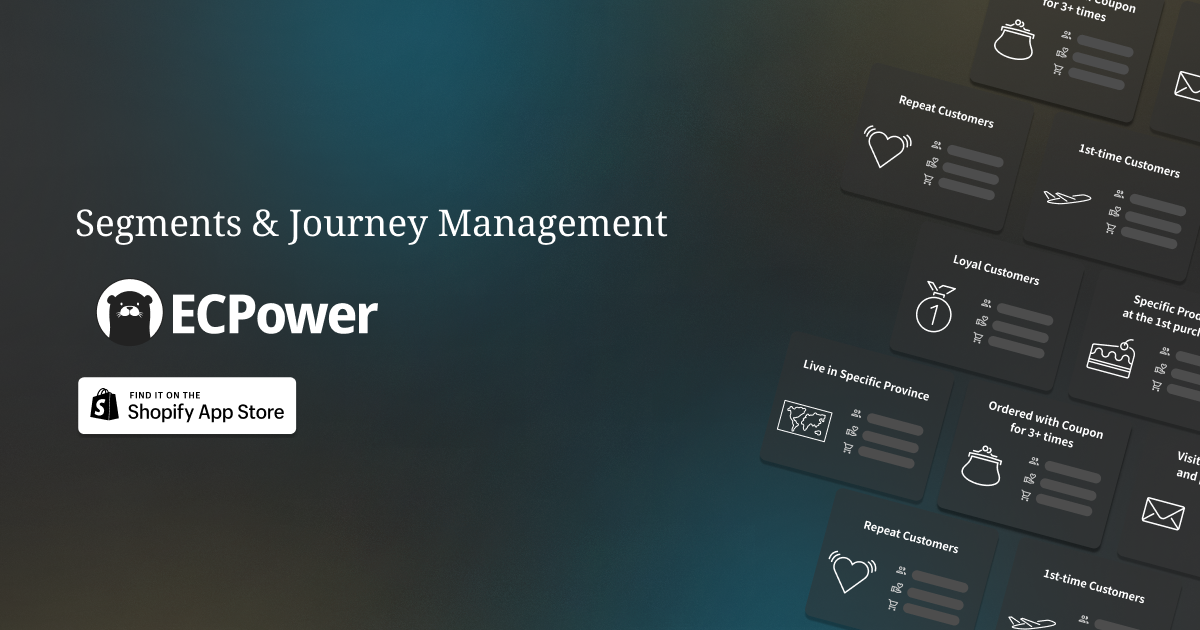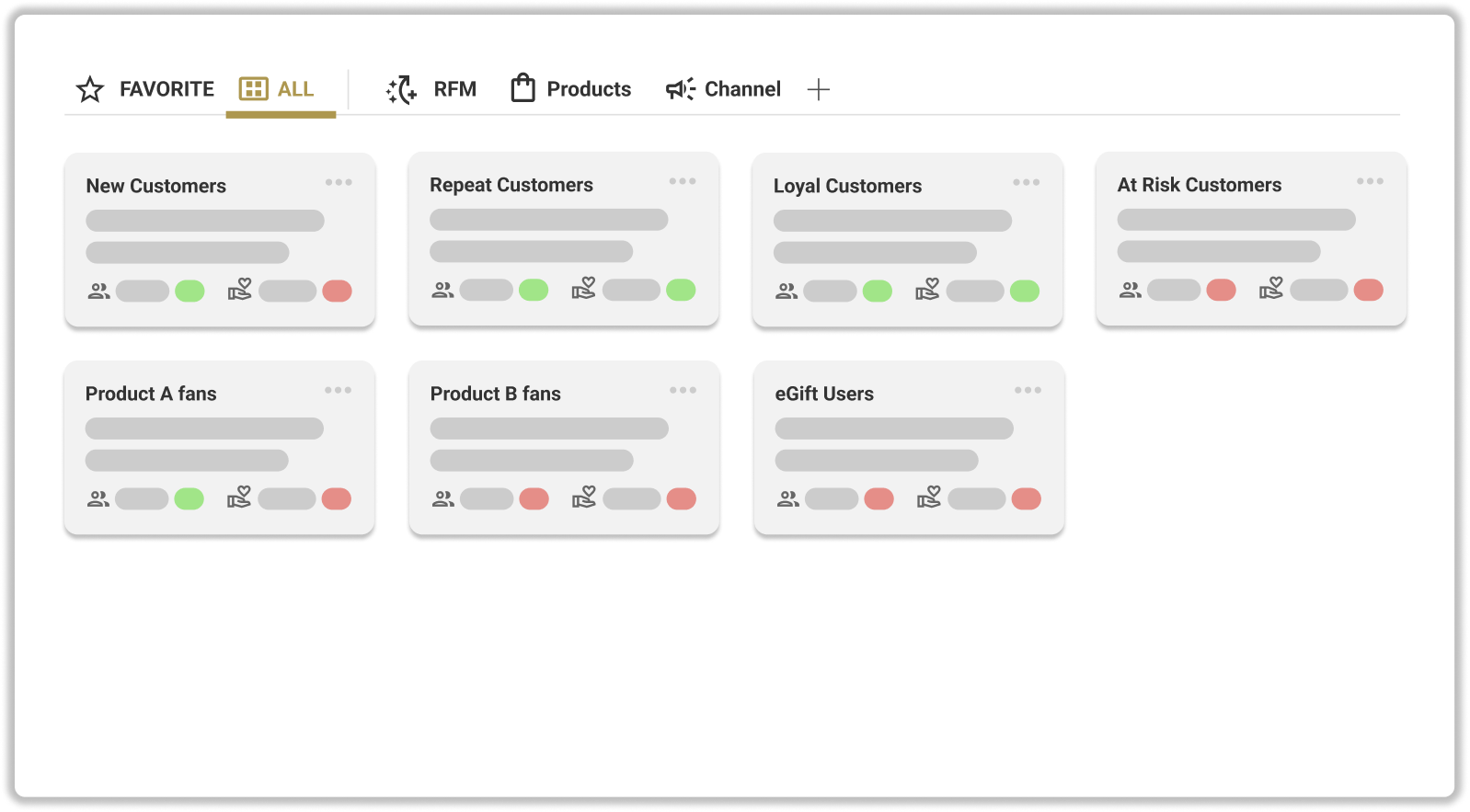In the bustling world of e-commerce, understanding and optimizing the Lifetime Value (LTV or CLV) of your customers is pivotal for ensuring the financial health and sustainable growth of your business. With platforms like Shopify making online retail more accessible, tools like ECPower are revolutionizing how marketers manage and interpret customer data. Let's dive into the nuances of Lifetime Value and how ECPower enables you to track and enhance it for your Shopify store's customer segments.
Metric Definition: A Practical Approach
Definition: The average of Total Order Amount of customers in your segment

Lifetime Value, in its essence, is the average total order amount of customers within a specific segment. While various definitions of Lifetime Value exist, they broadly categorize into revenue-based or profit-based, and historical or predictive metrics. For instance, the subscription model's "monthly customer unit price / churn rate" relies on the bold assumption that price and churn rate remain constant over future periods, making it a predictive figure.
ECPower, designed with marketers in mind rather than as a high-level executive reporting tool, adopts a practical and reliable definition focusing on revenue-based and historical data. This approach facilitates actionable insights for marketers to apply in their day-to-day operations, ensuring that the tool's utility aligns with the real-world needs of managing a successful e-commerce strategy.
What's Lifetime Value and Why It Matters
Understanding the Lifetime Value of customer segments allows for the identification of critically important customer groups, enabling marketers to allocate marketing resources more effectively towards the most valuable customers. This strategy ensures long-term financial stability and organic growth for e-commerce businesses, offering benefits like improved Return on Investment (ROI) and better unit economics, setting it apart from strategies that solely focus on short-term sales.
Unlike acquisition-focused growth, which relies heavily on continuous marketing spend and is limited by budget constraints for channels like Facebook ads and Google AdWords, prioritizing CLV enables businesses to bypass recurring acquisition costs. This strategic focus allows businesses to reap full profit margins from subsequent orders after the initial acquisition, significantly boosting ROI and fostering a more sustainable growth model.
Tracking Lifetime Value of Your Segment Over Time
Tracking the Lifetime Value of your focused or resource-invested segments is crucial. The goal of Retention Marketing ultimately is to enhance Lifetime Value. Monitoring the progress of Lifetime Value in your targeted customer segments over time is highly meaningful, signifying the effectiveness of your marketing strategies and the health of your customer relationships.
However, many segmentation tools fall short in tracking the progression of segment Lifetime Value over time, including Shopify's native admin interface. This is where ECPower steps in, offering the capability to automatically track and measure the Lifetime Value of your customer segments post-creation.
Delve into Metric History
From the moment you create a segment, ECPower provides the capability to visually track its Lifetime Value history through graphical representations. This feature allows for an intuitive understanding of how the segment has evolved over time.
Should you wish to delve into the segment's metrics prior to its creation, a specialized process is available to reproduce this historical data. For detailed instructions on accessing these retrospective insights, please consult the following guide:


